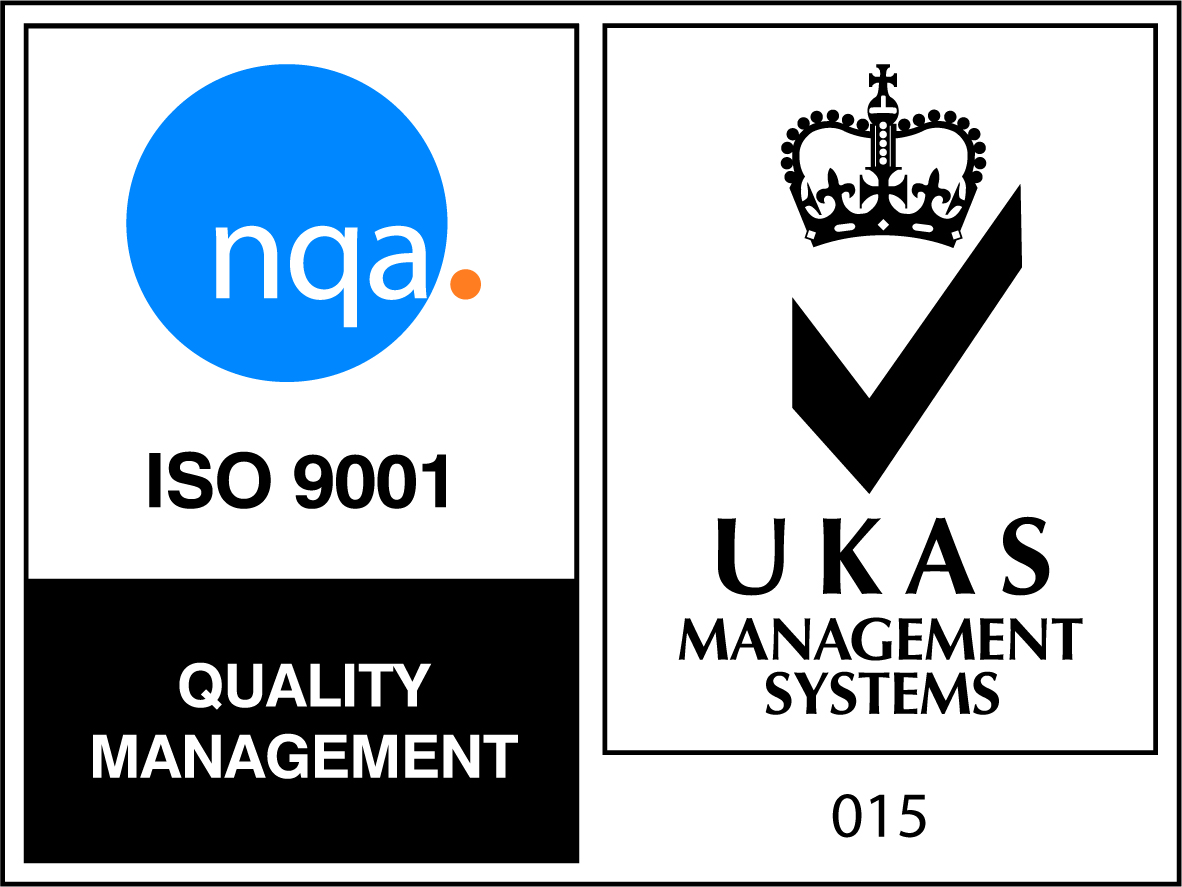Improvement Technicians are responsible for delivery and coaching of improvement activity within an area of responsibility, often associated with Lean and Six Sigma methodologies. They can be found across all industry sectors and functions including automotive, banking, engineering, food products, IT, property, retail, telecoms etc. Typically, Technicians work as a member of an operational team to resolve problems - preventing re-occurrence, engaging others in issues affecting them and to support the improvement of performance.
Typical activities include:
There are a variety of job titles associated with the occupation, these include, but are not limited to: Business Improvement Co-ordinator, Continuous Improvement Executive, Process Technician, Operational Excellence/Lean Engineer, Lean Six Sigma Yellow belt and Quality Control Analyst.
All learners will complete both on and off the job training elements for this standard and at the end of their learning journey will complete a Level 3 Apprenticeship as an Improvement Technician. Dependent upon prior qualifications learners may also need to complete functional skills in English and Maths at Level 2.
For the off the job training element, during the first four month’s of their programme the learner is required to attend our training academy to undertake a twelve day intensive course covering training on the following subjects in order to ensure they gain knowledge, understanding and competence to further enhance their Knowledge, Skills and Behaviours working within management:
Throughout their programme further enhancement to Knowledge, Skills and Behaviour will be delivered from individuals requiring to undertake a work place improvement project putting into practise the theory delivered across Business Improvement Techniques along with building a portfolio of evidence to demonstrate competence the learner is required to undertake a work based project which culminates as part of their End Point Assessment in a presentation to give an overview of what they have achieved.

